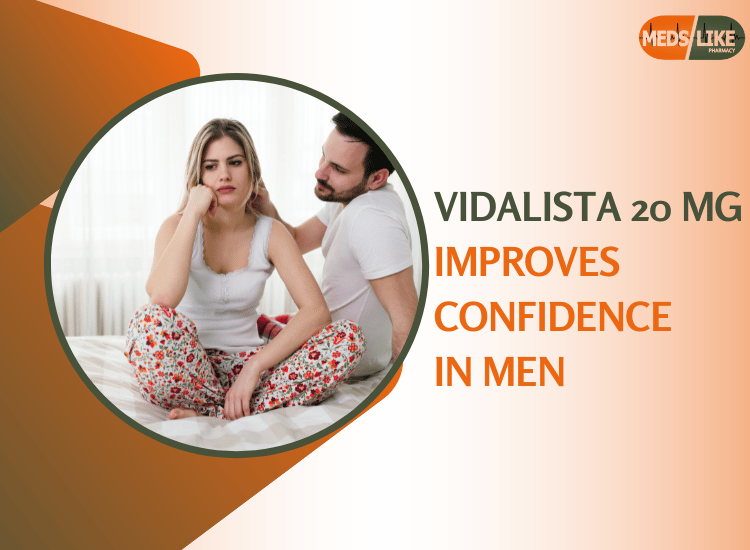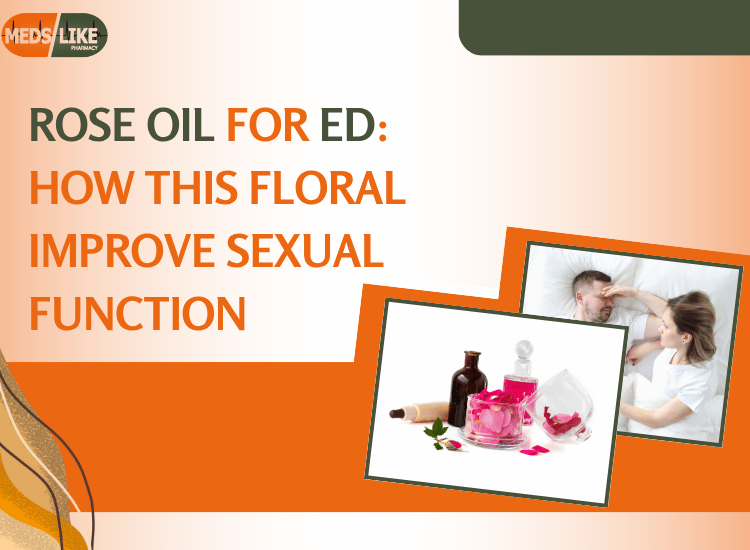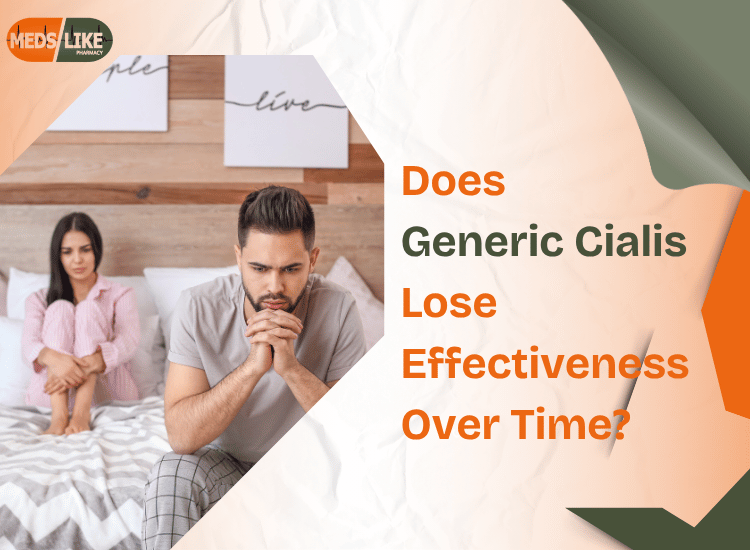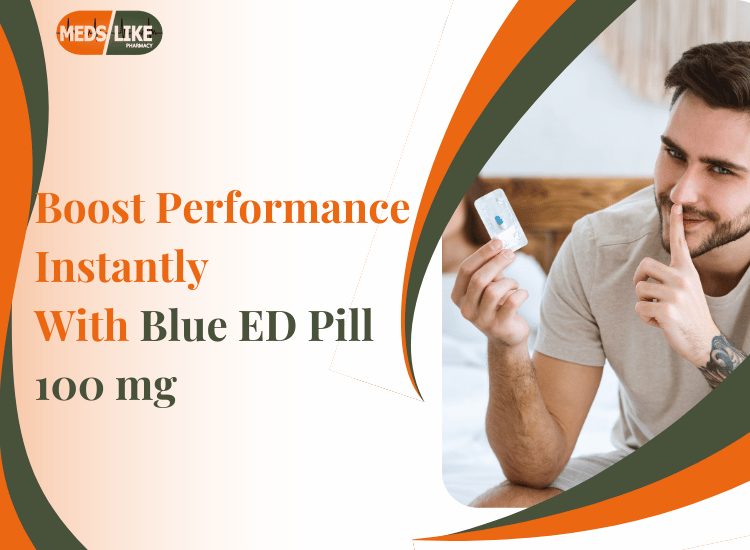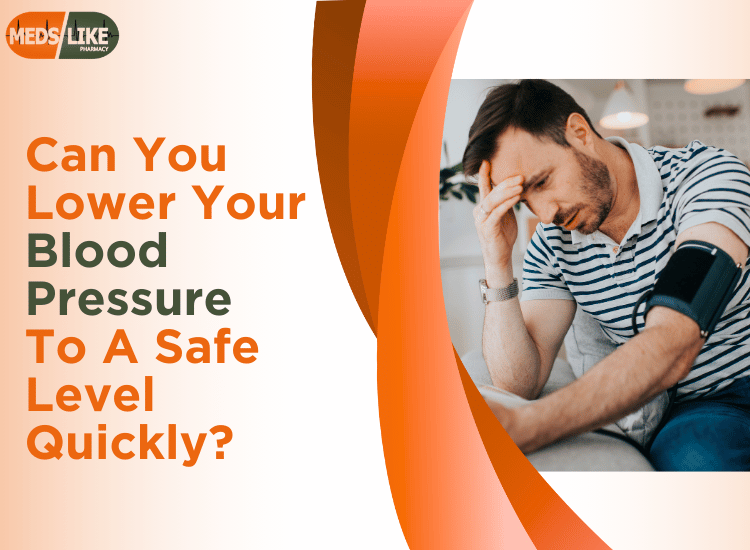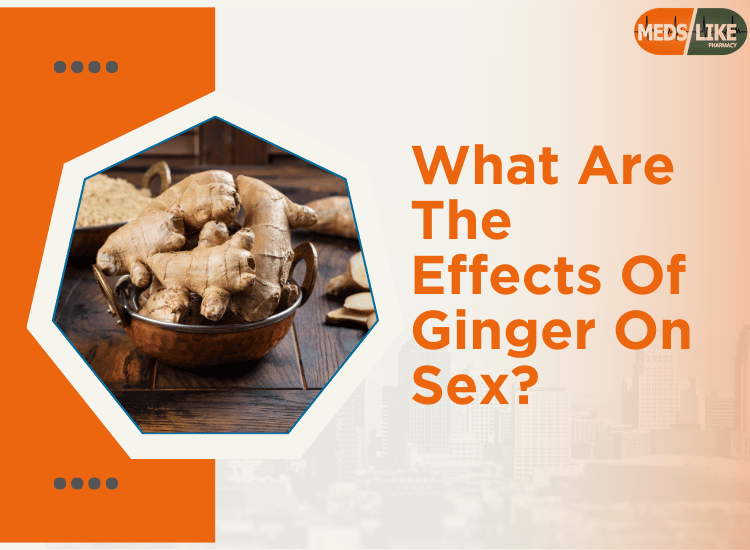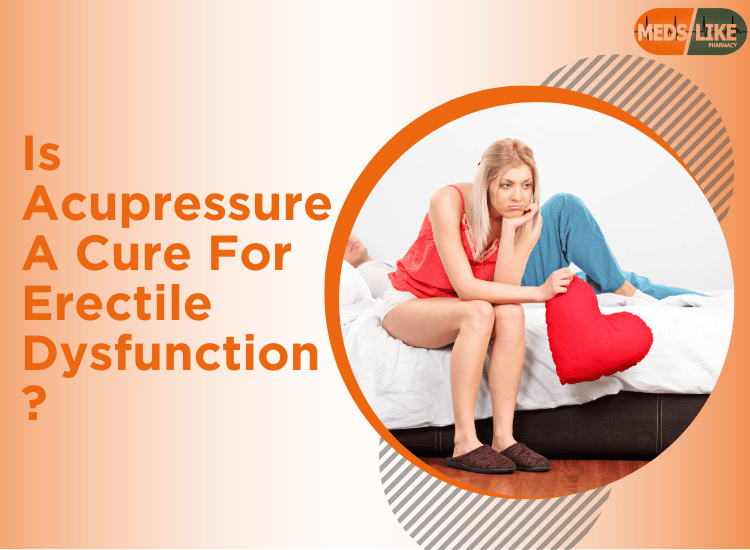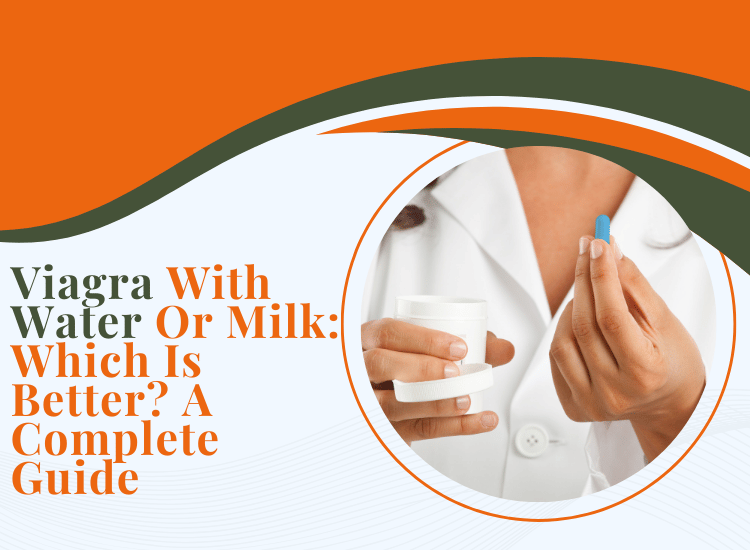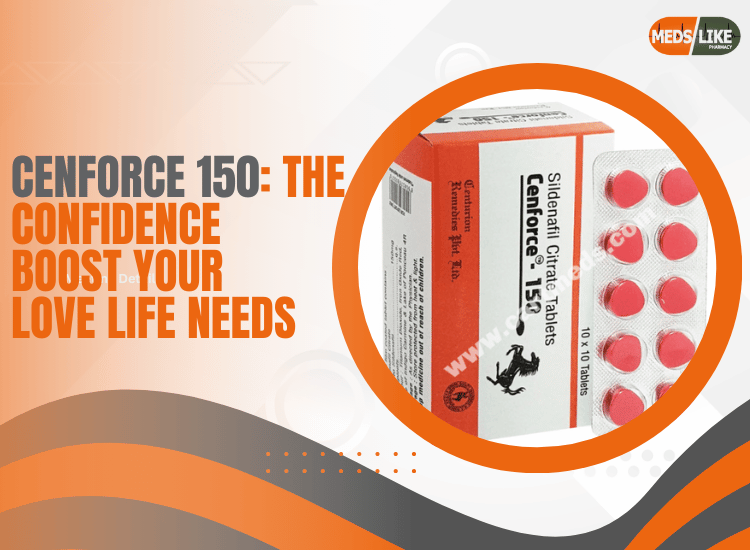Painful ejaculation, also known as dysorgasmia or post-orgasmic pain, is a distressing condition that can affect men of all ages. It not only impacts sexual health but can also take a toll on emotional well-being and relationships. While medical treatments exist, many individuals find that a holistic approach—addressing physical, psychological, and lifestyle factors—provides more sustainable relief. In this guide, we explore the causes of painful ejaculation and offer holistic strategies to manage and overcome this condition.
Understanding Painful Ejaculation
Pain during or after ejaculation can manifest as a burning, aching, or sharp sensation in the penis, testicles, perineum, or lower abdomen. It may be caused by a variety of factors, including:
- Prostate Issues – Conditions like prostatitis (inflammation of the prostate) or benign prostatic hyperplasia (BPH) can contribute to painful ejaculation.
- Pelvic Floor Dysfunction – Tension or spasms in the pelvic floor muscles can create pain during ejaculation.
- Nerve Sensitivity or Damage – Conditions such as pudendal nerve entrapment or previous surgeries may lead to nerve-related pain.
- Urinary Tract or Sexually Transmitted Infections (STIs) – Infections in the urinary tract or reproductive organs can cause inflammation and discomfort.
- Hormonal Imbalances – Low testosterone or elevated stress hormones can impact sexual function and contribute to discomfort.
- Psychological Factors – Anxiety, depression, and past trauma can heighten pain perception and contribute to the condition.
A Holistic Approach to Healing
A comprehensive approach to painful ejaculation focuses on addressing both physical and emotional aspects. Here’s how you can take a holistic path toward relief:
1. Nutritional Support for Reproductive Health Ejaculation
What you eat plays a significant role in your body’s ability to heal. A diet rich in anti-inflammatory and hormone-balancing nutrients can alleviate symptoms.
- Increase Omega-3 Fatty Acids – Found in fatty fish, flaxseeds, and walnuts, omega-3s help reduce inflammation, which can ease pelvic pain.
- Incorporate Zinc and Magnesium – Essential minerals found in pumpkin seeds, spinach, and almonds help support prostate and nerve health.
- Stay Hydrated – Drinking plenty of water helps flush out toxins and prevent urinary tract irritation.
- Reduce Processed Foods – Minimize consumption of sugar, alcohol, and caffeine, as they can contribute to inflammation and hormonal imbalances.
2. Pelvic Floor Therapy and Exercises
Many cases of painful ejaculation stem from pelvic floor dysfunction. Strengthening and relaxing these muscles can bring significant relief.
- Kegel Exercises (in moderation) – While Kegels strengthen the pelvic floor, overuse can cause excessive tension. Work with a specialist to ensure proper technique.
- Reverse Kegels – These exercises help relax overly tight pelvic muscles, reducing pain during ejaculation.
- Perineal Massage – Gentle massage in the area between the scrotum and anus can help relieve muscle tension.
- Physical Therapy – A pelvic floor physical therapist can help identify muscle imbalances and provide targeted exercises.
3. Herbal and Natural Remedies
Several natural remedies have been found to support prostate health, nerve function, and hormonal balance:
- Saw Palmetto – Commonly used for prostate health, saw palmetto may alleviate symptoms of prostatitis and improve ejaculation comfort.
- Turmeric and Ginger – Both have powerful anti-inflammatory properties that can reduce pelvic pain.
- Ashwagandha – An adaptogenic herb that helps balance hormones and lower stress, which can contribute to sexual dysfunction.
- Aloe Vera Juice – Known for soothing the digestive and urinary tract, it may help with irritation-related discomfort.
4. Mind-Body Practices to Reduce Stress and Tension
Stress and anxiety can worsen symptoms of painful ejaculation. Integrating relaxation techniques into daily life can be beneficial.
- Meditation and Deep Breathing – Practices like mindfulness meditation help regulate pain perception and relax tense muscles.
- Yoga and Stretching – Certain poses, such as child’s pose and butterfly stretch, help release tension in the pelvic area.
- Acupuncture – Traditional Chinese medicine techniques have been shown to improve circulation and reduce nerve-related pain.
- Cognitive Behavioral Therapy (CBT) – If past trauma, anxiety, or depression are contributing factors, therapy can help address psychological barriers.
5. Lifestyle Adjustments for Long-Term Relief
Making small but meaningful changes to your daily routine can promote long-term healing.
- Regular Exercise – Engaging in low-impact activities like walking or swimming improves circulation and reduces inflammation.
- Proper Sexual Practices – Experimenting with different positions, using lubrication, and focusing on relaxation can minimize discomfort.
- Adequate Sleep – Poor sleep can exacerbate pain perception and hormonal imbalances. Aim for 7-9 hours per night.
- Limiting Alcohol and Smoking – Both can negatively impact nerve health and circulation, contributing to sexual dysfunction.
When to Seek Medical Help
While a holistic approach is effective for many individuals, there are times when medical intervention is necessary. Consult a healthcare professional if you experience:
- Persistent or worsening pain despite lifestyle changes
- Symptoms of infection, such as fever or unusual discharge
- Erectile dysfunction or significant changes in sexual function
- Unexplained weight loss or severe fatigue
A urologist, pelvic floor specialist, or integrative medicine practitioner can provide a personalized treatment plan tailored to your needs.
Final Thoughts
Painful ejaculation can be a challenging condition, but by embracing a holistic approach, many individuals find relief and regain their confidence. Through mindful nutrition, targeted exercises, stress management, and natural remedies, you can support your body’s healing process and improve your overall well-being. Remember, healing takes time—be patient with yourself and seek support when needed.


